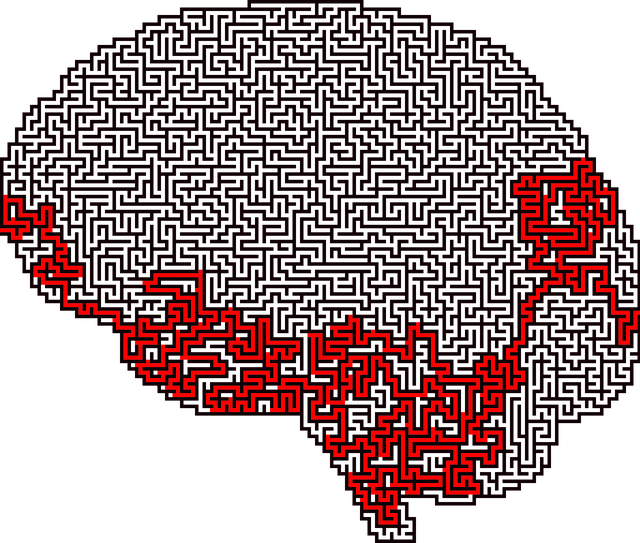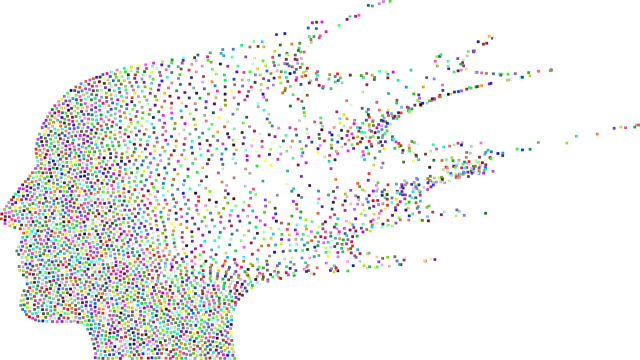Community outreach programs play a vital role in addressing diverse mental health needs among elders, adolescents, and teens by bringing specialized care directly to underserved communities. These initiatives enhance access to therapy, foster resilience, self-care, and supportive networks, thereby improving overall community well-being. Through tailored interventions, intergenerational activities, public awareness campaigns, and integrated service models, outreach programs bridge gaps in mental health services, particularly in regions with limited specialized options. Effective engagement strategies, coupled with robust Mental Health Policy Analysis and Advocacy, ensure program relevance and responsiveness to evolving needs, while rigorous evaluation methods measure tangible outcomes and guide future initiatives focused on therapy for elders, adolescents, and teens.
Community outreach programs play a vital role in connecting diverse populations with essential services. This article explores effective strategies for implementing initiatives that cater to elderly, adolescents, and teens. We delve into designing tailored programs, engaging at-risk groups, and measuring their impact on mental health. From understanding cultural nuances to fostering sustained participation, discover how these outreach efforts enhance access to therapy for elders, adolescents, and teens.
- Understanding Community Outreach for Diverse Populations
- Designing Effective Programs: Addressing Elderly, Adolescents, and Teens
- Implementation Strategies: Engaging and Sustaining Participation
- Measuring Impact: Evaluating Success and Therapy Outcomes
Understanding Community Outreach for Diverse Populations

Community outreach programs play a pivotal role in addressing the diverse needs of different populations, especially when it comes to mental health support. Understanding the unique challenges faced by elders, adolescents, and teens is crucial for tailoring effective therapy and intervention strategies. These initiatives aim to bridge the gap between specialized care and underserved communities by bringing services directly to them. For instance, outreach programs can provide therapy for elders who may face barriers in accessing traditional healthcare settings due to mobility issues or social isolation. Similarly, they offer a safe space for adolescent and teen participants to develop coping skills and cultivate inner strength, thereby empowering them to navigate life’s challenges.
By incorporating these tailored approaches, community outreach expands the reach of mental health services beyond conventional boundaries. This strategy is particularly significant in regions with limited access to specialized care, ensuring that everyone, regardless of age or background, has an opportunity to improve their mental well-being. Through such initiatives, communities can foster resilience, promote self-care, and create a network of support that enhances overall community health and happiness.
Designing Effective Programs: Addressing Elderly, Adolescents, and Teens

Designing effective community outreach programs requires tailored approaches to cater to diverse age groups, especially the elderly, adolescents, and teens. For seniors, programs focusing on cognitive health, social engagement, and therapy for elders can significantly improve their quality of life. These initiatives might include regular intergenerational gatherings, mental health support groups, or even technology workshops to bridge the digital divide.
When targeting adolescents and teens, public awareness campaigns about mental health can be instrumental in reducing stigma and encouraging early intervention. Incorporating compassion cultivation practices into school curricula has been shown to promote emotional well-being. Additionally, risk management planning for mental health professionals ensures that these programs are delivered safely and effectively, fostering a supportive environment for all participants.
Implementation Strategies: Engaging and Sustaining Participation

Engaging and sustaining participation from all community members is vital for successful implementation of outreach programs catering to therapy for elders, adolescents, and teens. Starting with comprehensive needs assessments helps identify specific mental health concerns within the community. This initial step ensures that program offerings align with the most pressing issues, fostering genuine interest and involvement. Tailoring services to address local needs, whether it’s addressing trauma support services or promoting positive thinking, creates a sense of ownership among participants.
Community engagement strategies should also prioritize accessibility. Offering diverse service delivery models such as in-person sessions, virtual platforms, and peer support groups caters to different preferences and abilities. Integrating these approaches within existing social networks and community spaces further enhances reach and inclusivity. Regular feedback mechanisms and opportunities for participation in program planning and decision-making processes encourage sustained engagement and ensure the programs remain responsive to evolving mental health needs, as supported by a robust Mental Health Policy Analysis and Advocacy framework.
Measuring Impact: Evaluating Success and Therapy Outcomes

Evaluating the success of community outreach programs is a crucial step in understanding their true impact and effectiveness. When implementing initiatives aimed at providing therapy for elders, adolescents, and teens, it’s essential to go beyond surface-level engagement and measure tangible outcomes. This involves assessing how these programs influence participants’ mental health, overall well-being, and daily functioning. By employing evidence-based assessment tools and qualitative feedback methods, organizations can gauge the success of their interventions.
One way to evaluate therapy outcomes is by tracking improvements in specific areas relevant to each target group. For instance, stress management workshops for adolescents can be measured through pre-and post-program surveys, examining changes in perceived stress levels and coping strategies. Similarly, trauma support services for elders may show reduced symptoms of PTSD and improved social engagement over time. Resilience-building programs for teens could demonstrate increased self-esteem and better problem-solving skills as evidenced by their personal narratives and academic performance. These quantitative and qualitative data provide valuable insights into the program’s effectiveness and inform future improvements.
Community outreach programs that effectively engage elderly, adolescents, and teens can significantly enhance mental health services. By tailoring programs to diverse populations, we can improve access to therapy for elders and youth, fostering better outcomes and stronger communities. Implementation strategies that focus on participation and measurement of impact are key to ensuring these initiatives sustain long-term success.














